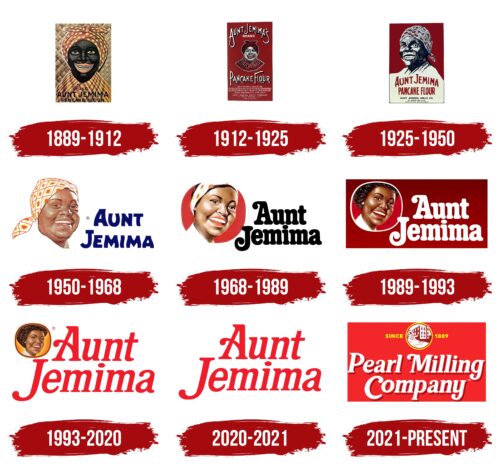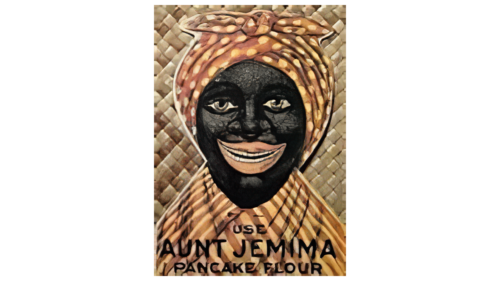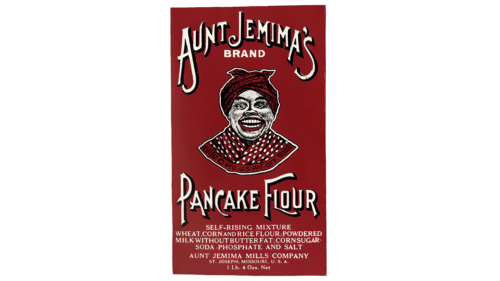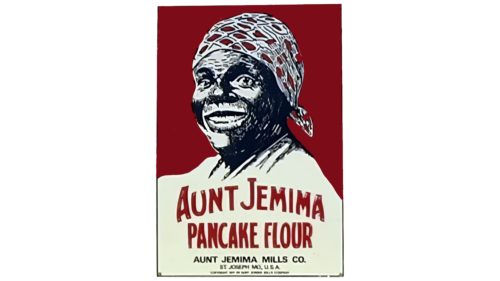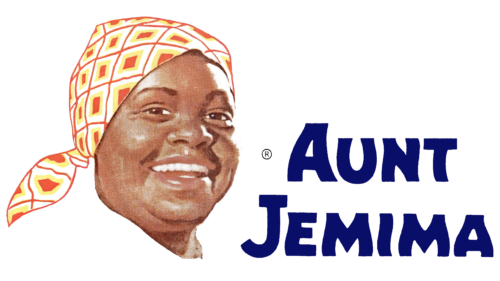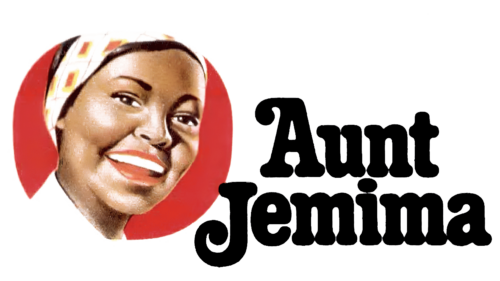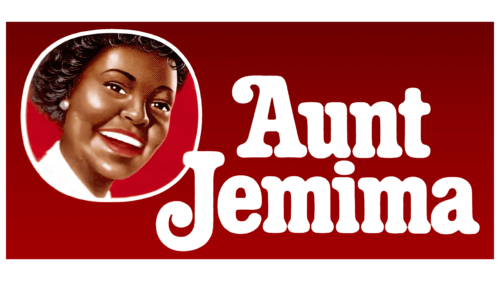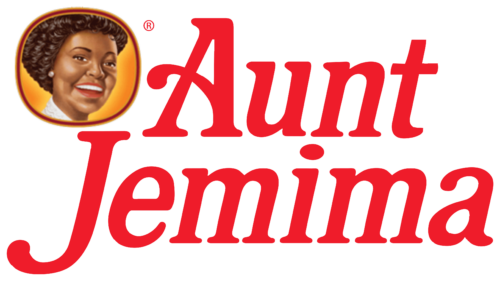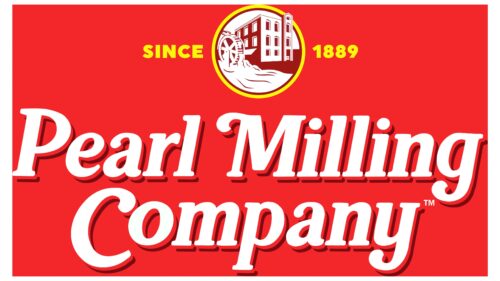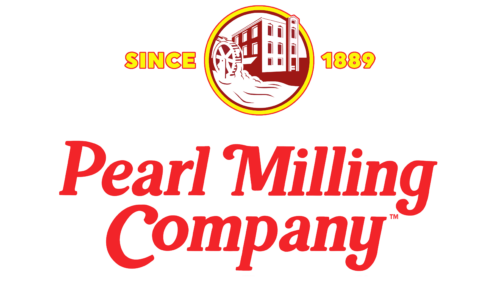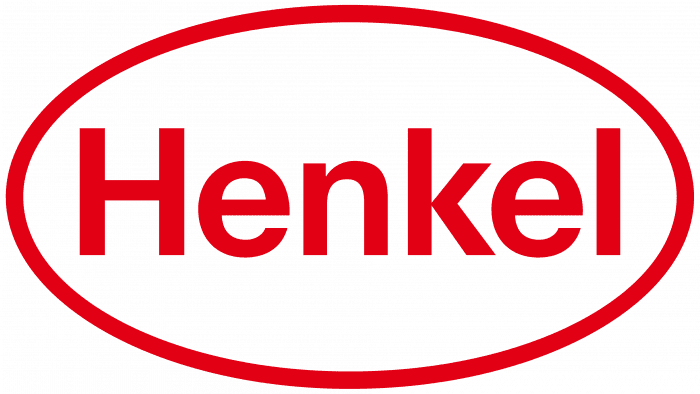A food industry member needs to attract attention, so the Pearl Milling logo looks bright and appetizing, even though it doesn’t contain obvious allusions to food. And it also has a reference to the brand’s long history, which emerged from another brand, Aunt Jemima.
Pearl Milling: Brand overview
| Founded: | November 1, 1889 (as Aunt Jemima) June 2021 (as Pearl Milling Company) |
| Founder: | Chris L. Rutt and Charles G. Underwood |
| Headquarters: | St. Joseph, Missouri, U.S. |
| Website: | pearlmillingcompany.com |
Pearl Milling is an American brand of flour mix for pancakes and other breakfast products. It appeared in 1889 and until recently was known as Aunt Jemima. The company with the current name appeared in 2020 after a demand to change its identity due to the humiliation of the representatives of the Negroid race since an African-American woman was depicted on its emblem. The firm’s founders are friends of Chris L. Rutt and Charles G. Underwood. Its current owner is PepsiCo Corporation (Quaker Oats). The main region of product distribution is the USA and Canada. The headquarters is located in St. Joseph, Missouri.
The work of the legendary food company began with an ordinary mill, which in 1888 was bought for their business by two friends – Chris Rutt and Charles Underwood. They called it Pearl Milling and applied a new grain grinding technology. Faced with a wheat and corn flour glut in the food market, aspiring entrepreneurs began experimenting with blends. As a result, they combined various ingredients to immediately get a composition suitable for making fluffy pancakes.
Meaning and History
At first, the product was sold in bags labeled “Self-Rising Pancake Flour” (Self-Rising Pancake Flour). The same inscription served as a label. And to make his signature blend stand out from the rest, Rutt borrowed a portrait of Aunt Jemima from posters he saw on a vaudeville poster in his hometown of St. Joseph. This logo appeared in 1889, and its image was used in different versions until 2021.
In 1890, the business people sold the mill to Randolph Truett Davis Milling. She improved the composition of pancake flour and, in 1914, called the company by a different name – Aunt Jemima Mills. In 1926 the mill was taken over by Quaker Oats, who registered it as a trademark. By the way, the trademark logo with the image of Aunt Jemima is considered the longest-used in the history of American advertising. In 2021, PepsiCo Corporation renamed the brand. She returned to him the original name received in 1889 – Pearl Milling Company.
The famous character of a black woman on a package of pancake mix has been preserved but has changed once again. Its author was Haddon Sundblom. Commissioned by Quaker Oats, the cartoonist drew actress Anna Robinson, and Aunt Jemima’s packaging was radically updated. At another time, designer James J. Jaffee from the Bronx (New York) worked on the image from the emblem. His version was used in the middle of the 20th century. In total, there are nine versions of the logo.
What is Pearl Milling?
Pearl Milling is the new brand name for Aunt Jemima, which was founded in 1889. It manufactures pancake syrups and flour mixes for customers in the United States and Canada. The company’s founders are Chris L. Rutt and Charles G. Underwood, and the current owner is Quaker Oats, a subsidiary of PepsiCo Corporation.
1889 – 1912
The debut logo features a cartoon character from vaudeville. The woman’s name is Aunt Jemima. She was chosen for the role of the central image in the logo of the pancake brand because earlier in American life, such aunts worked as cooks, were kind nannies, and cooked delicious food. This is a symbol of home warmth and comfort. The portrait is in full face. The black woman on it smiles warmly. She wears a striped cape and a shawl with large polka dots. The background is a wicker mat. At the bottom, in three lines, there are inscriptions made in thin sans-serif: “Use,” “Aunt Jemima,” and “Pancake Flour.” The phrase in the middle row is the largest.
1912 – 1925
The designers have changed the Pearl Milling logo to red. The vertical rectangle depicts a dark-skinned woman with a wide smile. She looks ahead kindly. A scarf with small white dots is thrown over her shoulders, and a turban with a black pattern is tied around her head. At the top, the developers placed the brand name, adding an “s” followed by an apostrophe at the end. The inscription has an arched shape. Beneath it is the single word “Brand” in bold sans-serif. At the bottom of the portrait, there is a variety of information about the manufacturer of the pancake mixture and a line with “Pancake Flour.” All letters are curly, graceful, and decorated with elongated ends.
1925 – 1950
The image of the aunt is redrawn. Now the portrait is made in a realistic style. The woman has other facial features that are characteristic of the representatives of the Negroid race. On the head is a patterned scarf tied at the back. The designers removed the cape and instead depicted just white clothes. Against the background of a smiling aunt, the brand name and advertising information about the manufacturer and product are written. The developers changed the font by choosing vertically elongated letters in a grotesque style.
1950 – 1968
The artists proposed a new version of the character to modernize the Pearl Milling logo. Cheerful Aunt Jemima looks more friendly than before: her smile is more natural. The skin is not black but brown – closer to natural. A scarf is tied on the head, decorated with red-yellow rhombuses, which are separated by oblique stripes. The brand name is on the right. It is made in slightly curved blue letters.
1968 – 1989
Designers have changed the proportions of the aunt’s face, reducing it. Now a thin young woman in a circle is looking from the picture. As before, she smiles kindly. But instead of a headscarf, she has a geometric print headband that does not completely cover her hair. Also clearly visible is the white collar that replaced the cape. The color palette of the emblem is restrained: pastel red, brown, black, and white. The inscription is left in the same place but changed. Now the font is much sleeker. It is bold and rounded, with serifs and tight lettering.
1989 – 1993
The authors of the Pearl Milling logo added color to the previous image, so all colors are bright. A background has also appeared – a horizontal rectangle with a gradient. At the top left in it is a circle with the face of a smiling black woman. She has neither a scarf nor a bandage on her head – only curly hair is visible. The collar became lace, and the woman’s ears were decorated with pearl earrings. The style of the inscription is preserved, but now it is not black but white. This option was adopted for the 100th anniversary of the trademark.
1993 – 2020
The rectangle again disappeared from the logo of the Aunt Jemima brand – there was a circle with the face of a smiling black woman. All the details are the same. The exceptions are the tilt of the head (it has become less diagonal), the background (recolored from red to yellow), and the font (bold italic used). In addition, instead of the classic crossbar, the letter “A” has a graceful triangular stroke with a dot at the end.
2020 – 2021
In mid-2020, Quaker (a subsidiary of PepsiCo) announced a redesign of the Pearl Milling logo in response to societal demands. At that time, the fight against racism in advertising and marketing began, so the African-American woman was removed from the logo. All that remains is the name in italics.
2021 – today
After the redesign of the logo, a rebranding was carried out, and as a result, the company switched to the original name – the one that existed in 1889. This measure was a continuation of protests against racism, so the trademark owner abandoned the image of Aunt Jemima. The visual identity sign now features the building of the first flour mill. It is taken in the yellow ring and placed in the upper part of the horizontal rectangle. To the right and left of the circle is the year the company was founded – “Since 1889”. At the bottom is a two-line inscription with the current name. The letters are padded with shadows, so they look three-dimensional.
Font and Colors
Throughout the evolution of Pearl Milling’s identity, the image of Aunt Jemima has continuously changed. At first, he was comical and caricatured because he moved from the vaudeville poster. Then the artists made a more understandable character – smiling, kind, and attractive. Despite the change in facial features, he remained attractive. For the brand’s centenary, the company’s management ordered a different logo – a beautiful modern woman with a lace collar, pearl earrings with gold trim, and no headscarf. It remained this way on products until the beginning of 2021. Then came the text emblem.
A large number of fonts have been used for the Pearl Milling logos. Early versions did not repeat; later ones, on the contrary, looked the same. As a result, the font from the inscription “Aunt Jemima” was borrowed for the new emblem. The letters in it are graceful, curly, almost identical to the glyphs from Classic Round Bold Italic. The color palette is very bright and consists of different shades of red. It is complemented by yellow, white, brown-bronze, and black.
Pearl Milling color codes
| Pigment Red | Hex color: | #f32529 |
|---|---|---|
| RGB: | 243 37 41 | |
| CMYK: | 0 85 83 5 | |
| Pantone: | PMS Bright Red C |
| Dark Candy Apple Red | Hex color: | #9f1715 |
|---|---|---|
| RGB: | 159 23 21 | |
| CMYK: | 0 86 87 38 | |
| Pantone: | PMS 7626 C |
| Cadmium Yellow | Hex color: | #fbf70a |
|---|---|---|
| RGB: | 251 247 10 | |
| CMYK: | 0 2 96 2 | |
| Pantone: | PMS 396 C |

